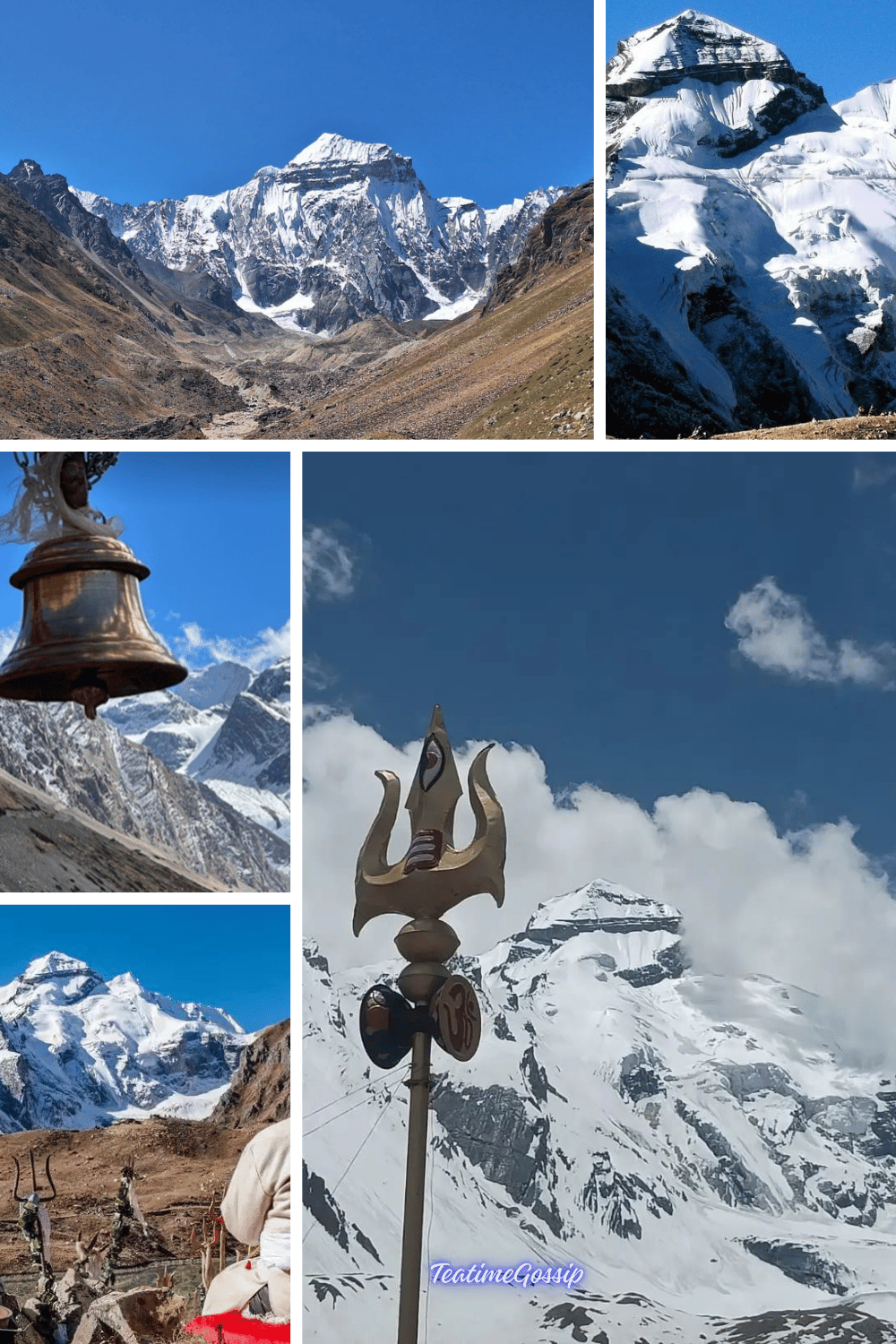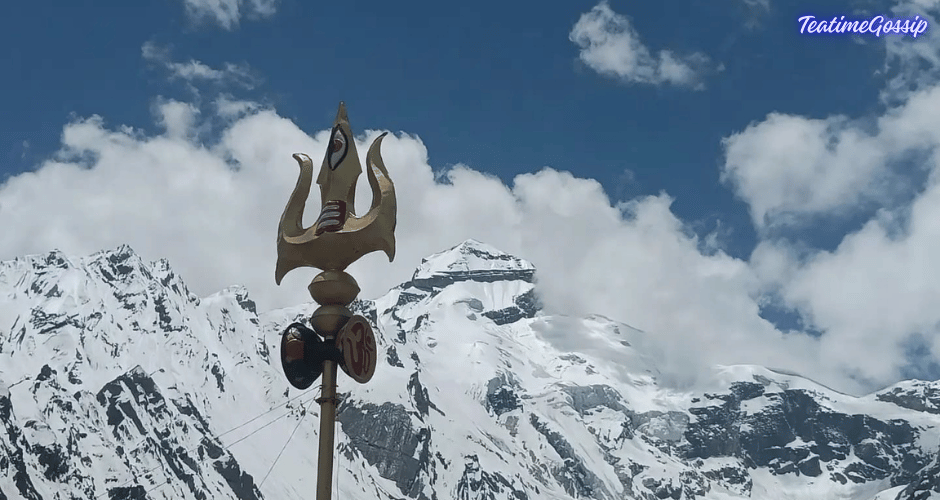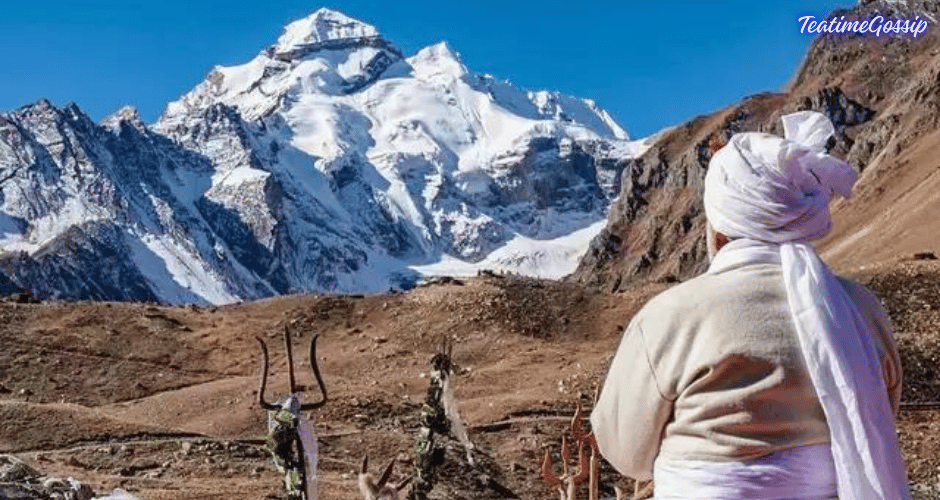Adi Kailash: The Abode of Peace and Spirituality

Adi Kailash, also known as Chota Kailash, is a revered mountain in the Indian state of Uttarakhand. Situated in the Kumaon region, near the borders of Tibet and Nepal, Adi Kailash is considered a spiritual sibling to Mount Kailash in Tibet. Both mountains are deeply significant in Hindu and Buddhist traditions. Adi Kailash stands at an altitude of 6,191 meters (20,312 feet) and is part of the greater Himalayan range. This sacred peak, along with its tranquil surroundings, draws pilgrims, trekkers, and nature enthusiasts alike, offering a serene and spiritually enriching experience.
Mythological Significance
Adi Kailash holds a prominent place in Hindu mythology. According to legend, it is one of the abodes of Lord Shiva and Parvati. The name “Adi” signifies “ancient” or “original,” highlighting its significance as one of the earliest abodes of the divine couple. Pilgrims believe that visiting Adi Kailash brings blessings akin to those obtained from the more arduous journey to Mount Kailash in Tibet. The mountain is also associated with the epic tales of the Mahabharata, adding layers of historical and spiritual depth to its allure.

Geographical and Natural Beauty
The journey to Adi Kailash takes travellers through some of the most breathtaking landscapes in the Himalayas. Verdant valleys, alpine meadows, dense forests, and pristine rivers characterise the region. The journey often includes a visit to the picturesque Parvati Sarovar (also known as Gauri Kund), a serene lake that mirrors the surrounding peaks and is believed to be a site where Goddess Parvati bathed.
The area is rich in biodiversity, and home to various species of flora and fauna. Trekkers often encounter a diverse range of wildlife, including the elusive snow leopard, Himalayan black bear, and a variety of bird species. The natural beauty of Adi Kailash, coupled with its spiritual ambience, creates an atmosphere of profound peace and introspection.
The Trek to Adi Kailash
The trek to Adi Kailash is a blend of adventure and spiritual pursuit. It typically begins in Dharchula, a town located on the banks of the Kali River. From Dharchula, the journey proceeds through several picturesque villages and high-altitude passes. Key points along the route include:
- Dharchula to Narayan Ashram: This segment involves a drive and a short trek, taking travellers through lush green valleys and along the Kali River.
- Narayan Ashram to Sirkha: A moderate trek through dense forests and charming hamlets.
- Sirkha to Gala: This stage includes steep ascents and descents, offering stunning views of the surrounding mountains and valleys.
- Gala to Budhi: The trail passes through high-altitude terrain, with the possibility of spotting wildlife and experiencing the raw beauty of the Himalayas.
- Budhi to Gunji: Gunji is a significant stop, offering panoramic views of the surrounding peaks. It is also the confluence point of the Kali and Tinkar rivers.
- Gunji to Kutti: The trail ascends gradually, and trekkers can see the changing landscape as they move closer to Adi Kailash.
- Kutti to Jolingkong: Jolingkong is the base camp for the final ascent to Adi Kailash. From here, trekkers make their way to the sacred lake Parvati Sarovar and finally to Adi Kailash itself.

Spiritual and Cultural Experience
The journey to Adi Kailash is not just a physical trek but a spiritual odyssey. Pilgrims and trekkers often engage in prayers and rituals, seeking blessings and spiritual solace. The local culture, deeply rooted in traditions and hospitality, adds a unique dimension to the experience. Villages en route reflect the simple yet profound way of life in the Himalayas, with their customs, festivals, and traditional practices.
Practical Information
- Best Time to Visit: The ideal time to visit Adi Kailash is from May to October when the weather is favourable, and the trekking routes are accessible.
- Permits: Given its proximity to international borders, travellers need to obtain special permits from the Indian government.
- Preparation: The trek to Adi Kailash is moderately challenging. Adequate preparation, including physical fitness and proper gear, is essential.
Final Words
Adi Kailash, with its majestic beauty and spiritual significance, offers an unparalleled experience for those seeking a blend of adventure and spirituality. The journey through the pristine landscapes of the Himalayas, combined with the profound sense of peace and devotion associated with the sacred mountain, makes Adi Kailash a destination that touches the soul and invigorates the spirit. Whether you are a pilgrim seeking divine blessings or a trekker in search of natural beauty, Adi Kailash promises a journey of discovery and transformation.